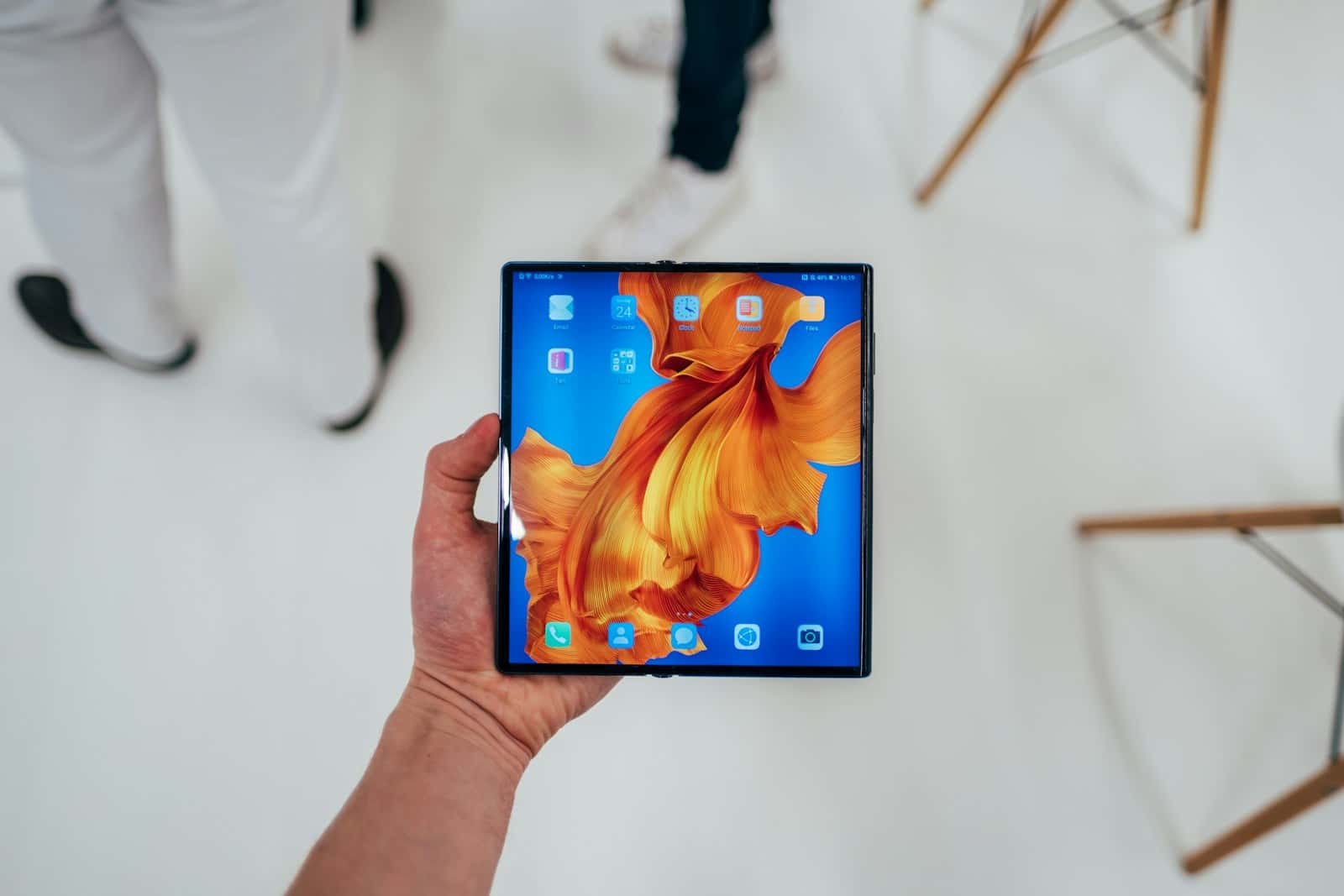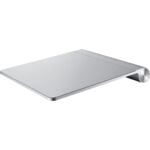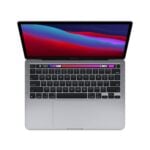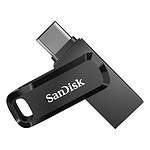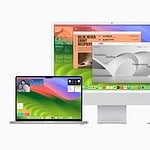Apple entering the foldable smartphone arena has been one of the most anticipated moves in mobile tech — and for good reason. With Samsung, Google, and Motorola already in the game, the idea of an “iPhone Flip” has fueled countless rumors, patents, and concept renders. But while Apple remains characteristically quiet, leaks and reports from industry analysts are giving us a clearer picture of when — and what — to expect.
A Later Arrival Than Expected: 2026 or Beyond
Although early speculation pointed to a possible 2025 release, recent developments now suggest Apple’s foldable iPhone won’t hit the market until late 2026 or early 2027. According to Haitong International analyst Jeff Pu, Apple is targeting the second half of 2026 to begin mass production. That could place its retail debut alongside or just after the iPhone 18 lineup.
Apple’s slow entry into the foldable market isn’t just caution — it’s strategy. Rather than rushing to match its rivals, Apple appears focused on perfecting the form factor, prioritizing both durability and battery life, two key shortcomings that have plagued early foldable designs from other brands.
What’s Apple Working On Behind the Scenes?
Apple is reportedly working on two distinct foldable concepts:
- A clamshell-style phone akin to the Galaxy Z Flip series.
- A larger foldable tablet-phone hybrid, possibly in the range of 7.9 to 8.3 inches when unfolded, aligning with the iPad mini’s dimensions.
Recent patents and supply chain leaks suggest the iPhone Flip could feature:
- A liquid metal hinge to improve strength and reduce creasing.
- Improved OLED or microLED foldable displays supplied by Samsung and LG.
- A re-engineered display driver system to maintain battery life despite the more complex form factor.
Apple is also reportedly building extensive drop and stress testing into the development phase, aiming for a foldable that can withstand tens of thousands of folds without showing degradation. In true Apple fashion, this device isn’t just about looking futuristic — it’s about longevity, ecosystem integration, and refinement.
Why Apple’s Foldable Strategy Is Different
Unlike its competitors, Apple doesn’t need to be first — it needs to be right. By the time the iPhone Flip arrives, the foldable market will likely be more mature, and Apple could capitalize on improved components and reduced production costs.
Apple is known to wait until a technology hits a tipping point in reliability and consumer demand — just like it did with 5G, OLED, and even wireless charging. When Apple enters the foldable race, it’s expected to make an impact that reshapes expectations.
Will It Be Worth the Wait?
If the rumors are true, the iPhone Flip could be more than just an iPhone that folds. With deeper iOS integration for multitasking, perhaps new ways to use Apple Pencil, and the kind of synergy with Macs, iPads, and Vision Pro that’s already being refined, this foldable might feel like the missing link in the Apple ecosystem.
However, that level of polish comes at a price. Early estimates suggest the foldable iPhone could launch with a starting price in the $1,500–$2,000 range, placing it well above the current Pro Max models.
Until Apple gives us something official, this device lives in the space between rumor and reality. But make no mistake — the iPhone Flip is coming. The only question left is whether Apple will once again redefine a category, or simply join the party.
Key Takeaways
- Anticipation is high for the potential release of a foldable iPhone by Apple, possibly in 2025.
- The iPhone Flip is expected to combine Apple’s design ethos with innovative foldable technology.
- Market trends suggest the iPhone Flip could significantly impact Apple’s product strategy and consumer expectations.
Design and Technology
The iPhone Flip promises to introduce cutting-edge design and technology. Apple’s focus seems to center on a new display approach, a durable hinge, and a sleek form factor.
Display Innovations
Apple’s foldable iPhone could feature a foldable OLED display. This display from Samsung or LG might stretch to provide ample screen real estate. Some patents suggest Apple is exploring a color e-ink display for the external screen to enhance visibility and power efficiency.
Hinge Mechanism
Patently Apple’s reveal of patents showcases a hinge designed for minimal gaps and high durability. Common issues with folding phones like creasing may be addressed through these design improvements. Apple aims for a hinge that secures the phone in both folded and unfolded positions.
Form Factor and Aesthetics
The aesthetic of the iPhone Flip draws from a clamshell design. Patents point to a sleek and seamless form factor when closed. The notch, a defining feature of current iPhones, may evolve or disappear in the foldable model to maintain design continuity and provide unobstructed viewing.
Market Insights and Expectations
In the foldable phone sector, Apple’s iPhone Flip is emerging as a highly anticipated addition. Experts are closely monitoring the product’s progress, as it is expected to impact the competitive landscape and market dynamics significantly.
Anticipated Release
Speculation suggests the iPhone Flip could make its debut after several high-profile competitors have established a presence. Analysts like Ming-Chi Kuo hint at a possible release window, engaging the market’s curiosity. However, without a confirmed date from Apple, the industry relies on leaks and rumors to predict the timeline.
Competitive Landscape
The foldable market is vibrant with options like Samsung’s Galaxy Z Flip and Galaxy Z Fold, Google’s Pixel Fold, and Microsoft’s Surface Duo. Apple’s entry with the iPhone Flip will intensify this competition. Analyses by experts like Ross Young and Jon Prosser suggest the iPhone Flip’s arrival may redefine consumer choices within this niche segment.
Pricing and Analyst Predictions
Cost predictions for the iPhone Flip are speculative, but the trend in foldable phone pricing suggests a premium bracket. Notable analysts such as Jeff Pu of Haitong International Securities forecast a higher price point. This aligns with the historical pricing strategy of Apple, especially for a hybrid device that merges the innovation of a foldable phone with the utility of a tablet.

